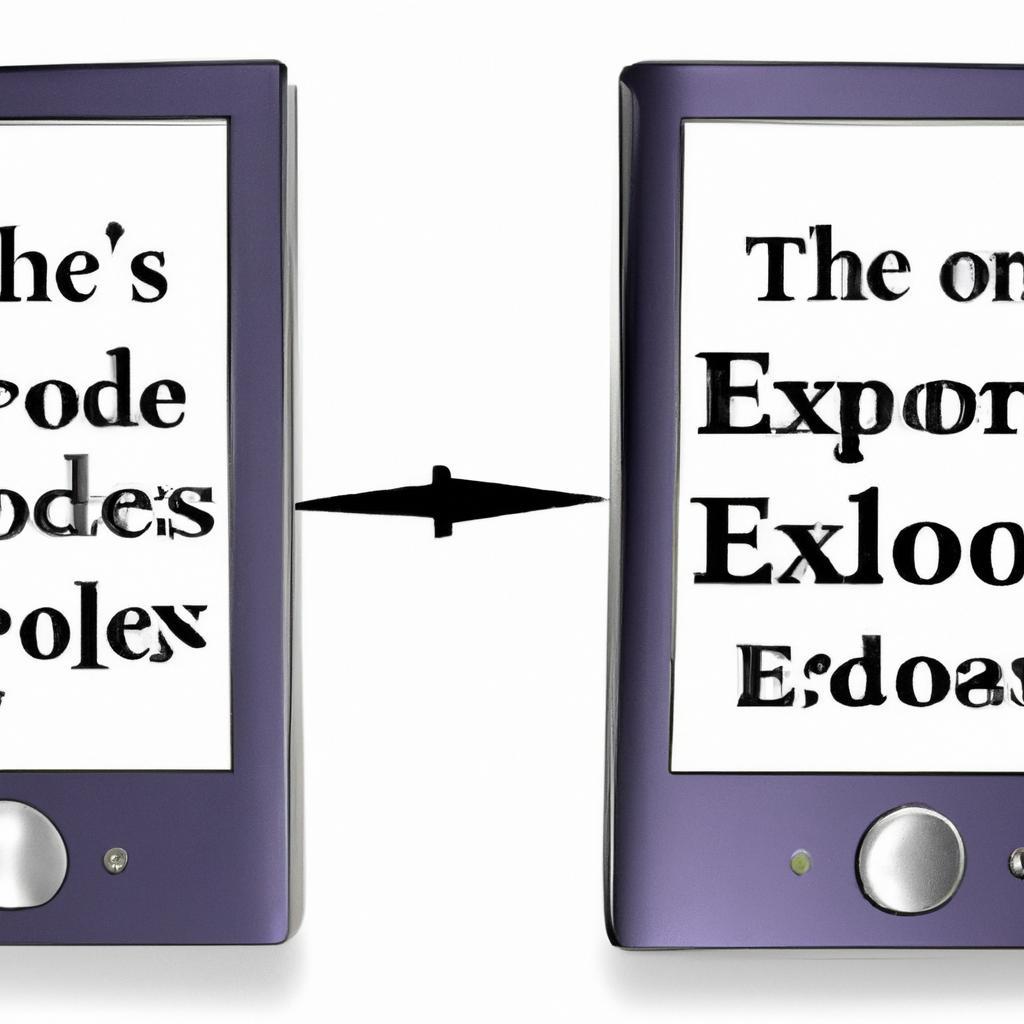In an age where technology dances seamlessly with literature, e-book readers have emerged as modern companions for bibliophiles and casual readers alike. These sleek devices, often equipped with illuminated screens and vast digital libraries, promise a world of reading at our fingertips, transcending the limits of traditional paperbound tomes. However, as we delve into the pixelated pages of this electronic revolution, we find ourselves at a crossroads, weighing the alluring conveniences against the sentimental charm of physical books. In this article, we embark on a thoughtful exploration of e-book readers, examining their myriad advantages—such as accessibility and portability—while also acknowledging the potential drawbacks, including eye strain and the intangible magic of the printed word. Join us as we navigate the multifaceted landscape of digital reading, helping you to discern whether e-book readers are a worthy addition to your literary toolkit.
Understanding the Benefits of E-Book Readers in a Digital Age
The rise of digital technology has transformed the way we consume literature, and e-book readers have emerged as a convenient and accessible alternative to traditional books. These devices offer several distinct advantages that cater to the modern reader’s lifestyle:
- Portability: E-book readers are lightweight and can hold thousands of books, making them ideal for travel or commuting.
- Customization: Users can adjust the font size, background color, and brightness to suit their reading preferences, enhancing comfort during long reading sessions.
- Convenience: Instant access to a vast library of titles means readers are just a click away from their next literary adventure, avoiding the need to visit bookstores or libraries physically.
- Integrated Features: Many e-readers come with built-in dictionaries, highlighting, and note-taking functionalities, enriching the reading experience and facilitating deeper engagement with the text.
In a world where rapid access to information and entertainment is paramount, e-book readers stand out by offering an amalgamation of technology and literature that supports the evolving needs of modern readers.

Navigating the Drawbacks: What to Consider Before Switching to E-Books
Switching from traditional print to digital can seem appealing, but it’s essential to consider various drawbacks that come with embracing e-books. First, the tactile experience of holding a book, turning its pages, and even the scent of paper is something that many readers cherish. Second, prolonged screen exposure can lead to eye strain and discomfort, which isn’t a concern when reading physical books. Third, while e-books generally come at a lower price point, some digital titles can be surprisingly expensive, and the absence of resale value can make them less economical in the long run. Fourth, consider the device limitations; not everyone may own the latest e-reader, and compatibility issues can arise with different formats. there’s the risk of digital distractions—notifications and alerts can easily pull you away from the immersive experience of reading. Here are a few considerations to keep in mind:
- Tactile Experience: The satisfaction of physical books.
- Eye Health: Potential strain from screens.
- Cost: Hidden expenses and no resale value.
- Device Compatibility: Varied formats and required technology.
- Distractions: Notifications can interrupt reading.
Final Thoughts
In the ever-evolving landscape of reading, e-book readers have carved out a unique space, transforming the way we engage with literature in the modern age. As we have journeyed through the various advantages—from portability and accessibility to customizable reading experiences—we’ve also weighed the drawbacks that come with digital media, including potential eye strain and the loss of tactile interaction with books.
Ultimately, the choice between e-books and traditional printed texts hinges on personal preference and lifestyle. For some, the sleek convenience of e-readers may offer an irresistible allure, while others might find solace in the smell of paper and the comforting weight of a physical book in their hands.
As we close this exploration, it’s worth noting that the world of reading is vast and varied, with each medium presenting its own set of possibilities. Whether you are a staunch advocate for print or a devoted convert to digital reading, the most important aspect remains unchanged: the joy of immersing oneself in a good story. The next chapter of your reading journey is yours to decide—may it be filled with adventure, knowledge, and inspiration, regardless of format. Happy reading!


